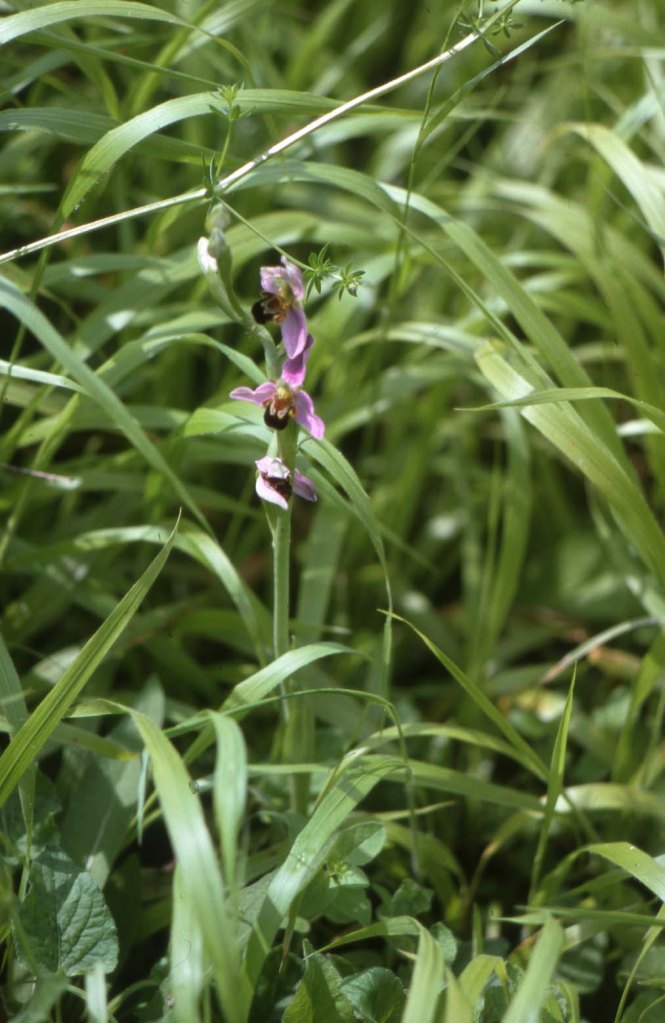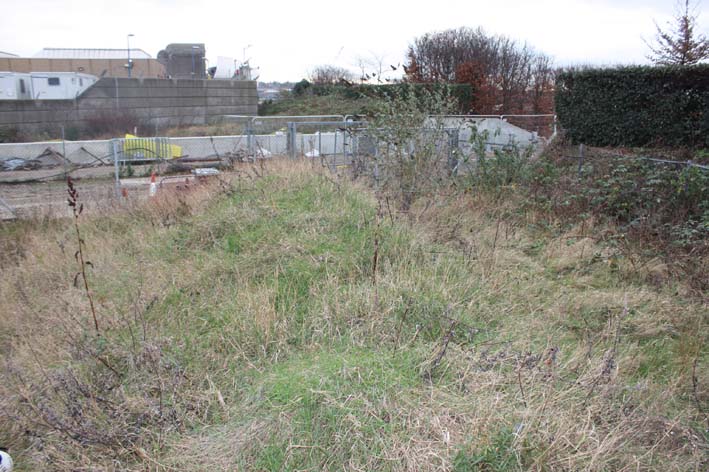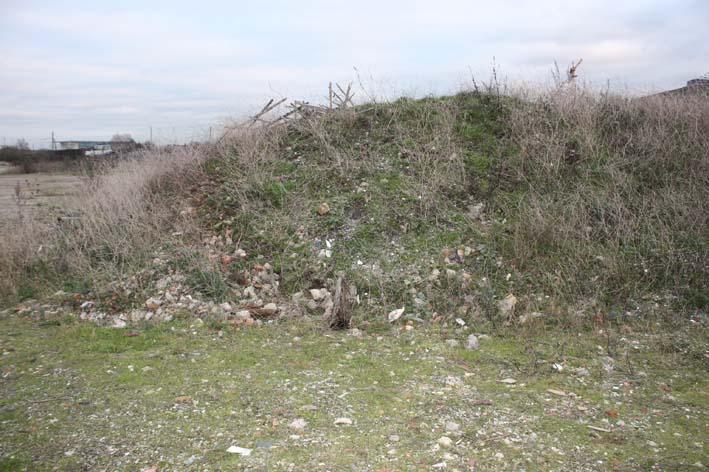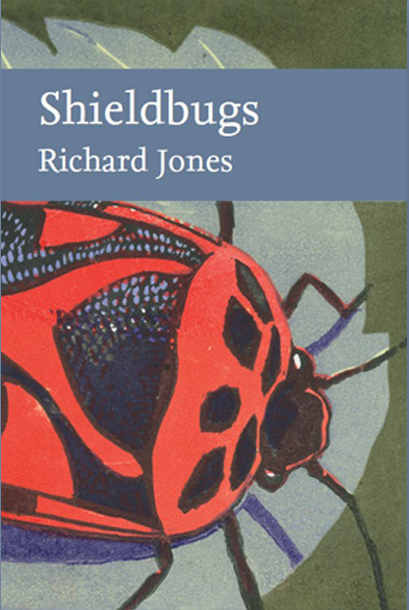On a bright and sunny 9 June 2004, I left London down the A2, exited through Strood, across the Rochester Bridge, and turned sharp left into the bluntly named Gas House Road. Parking near the gas storage holders, I emerged from the car to find, not the rolling Kent countryside, but a post-industrial landscape of derelict warehouses, disintegrating riverside wharfs, and piles of bulldozed rubble. Acres of old tarmac lay crumbling beneath broken street lights and straggly bramble bushes; there were several burnt-out cars, and fly-tipping by the lorry-load had been carried out on a criminal scale. A perfect place to look for insects.
This may not be everyone’s idea of prime habitat, but the brownfields of South Essex and North Kent, now grandly titled the Thames Gateway, have revealed many invertebrate wildlife wonders over the last 25 years. The crushed brick and concrete from buildings demolished long ago has become mingled with a meagre topsoil, and nature has taken back what was once her own. It’s hot and well-drained, but sparse vegetation sprouts, just enough to give a delicious softening green haze to the harsh edges of half-buried foundations and crumbling walls.

Brownfields are poorly named — this, like many, was a riot of colour as sea aster, ox-eye daisy, yellow hawkbit, bristly ox-tongue and yarrow flowers vied for my attention. And with the wild flowers, more diverse than on ancient chalk downland, come the insects: this is why I was here.
Anticipation was high, and my excitement was soon justified. A green hairstreak, living up to its name, dashed past at full pelt over a sunlit corner of bramble flowers, and a six-belted clearwing moth flitted by soon after. The tiny round yellow fly, Gymonsoma nitens, was visiting the white flowers of wild carrot. A parasite of shieldbugs, it was thought to be virtually extinct in Britain until it was found in the Gateway — it’s now a regular.
Brownfields are particularly good for ground beetles; they thrive on the hot sunny ground. I soon adopted the standard entomological pose — head down, bum in the air, scrabbling with my fingers in the crumbly root-thatch and loose soil. This being an official environmental survey I decided to put in some pitfall traps for them — plastic disposable cups, tops set in flush to the ground to catch whatever might fall in. Unfortunately, the broken rubble was completely defeating my garden trowel. Undeterred, I started to use my sheath knife, the one with the stout 20-cm blade. On my knees, using bone-jarring double-handed stabs into the hard ground I was making some headway when I noticed I was being watched by a smartly dressed man carrying a clip-board.

I stopped and looked up, thinking he must be a planner or engineer connected to the proposed redevelopment of the site. He introduced himself: he was a police detective. A body had recently been hauled from the River Medway nearby, those uniformed men over there were the finger-tip search team examining the area where the sawn-off shotgun had been found, and I was in the middle of a murder enquiry.

Trying not to look too guiltily at the large Bowie knife in my hands, I explained what I was doing. He was mildly interested, but unconcerned. Maybe, though, I could keep a look out, during my own hands-and-knees searches, for anything that might be helpful to their enquiries. I unhesitatingly agreed.
Needless to say, I spent the rest of my time in Rochester in a state of heightened wariness. Now I can make light of it, but I’m still thankful I didn’t find anything more suspicious than a drift of bee orchids and a nationally scarce tortoise bug. Oh, and there were several interesting ground beetles.
































You must be logged in to post a comment.